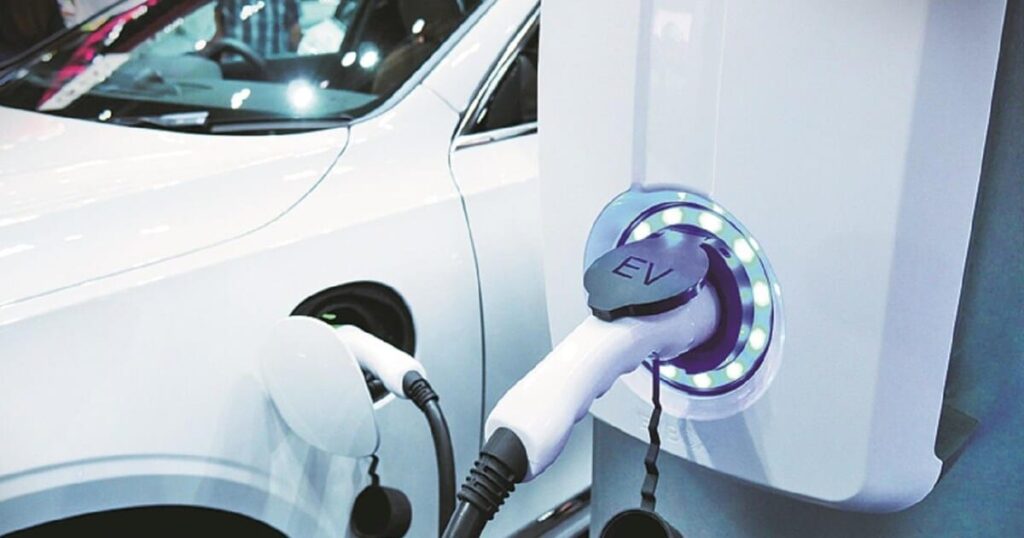MUMBAI: Amid speculation about a possible 25 per cent tariff imposition on imports by the US, the Indian automotive component industry is expected to maintain a steady growth trajectory and expand by 8-10 per cent in FY26. The sector, which saw a 14 per cent growth in FY24, is projected to witness a more moderate expansion of 7-9 per cent in FY25.
Credit rating agency ICRA forecasts that this growth will be driven by strong export performance, increasing localisation of electric vehicle (EV) components, and rising demand in the aftermarket.
The auto component sector will incur capital expenditure (capex) of Rs 25,000-30,000 crore in FY26, focusing on capacity expansion, localisation, and technological advancements, including EV components, ICRA estimates.
Currently, only 30-40 per cent of the EV supply chain is localised, with significant advancements in traction motors, control units, and battery management systems. However, battery cells, which comprise 35-40 per cent of the total vehicle cost, remain entirely imported, creating opportunities for domestic manufacturers.
Demand from domestic Original Equipment Manufacturers (OEMs), which contribute over half of the industry’s revenue, is expected to grow, aided by premiumisation and higher value addition. The replacement market is also set to grow by 5-7 per cent in FY25 and 7-9 per cent in FY26, fuelled by an increase in vehicle age, the rising popularity of used cars, and preventive maintenance trends.
Exports, which constitute nearly 30 per cent of the industry’s revenue, may face challenges due to sluggish vehicle registration growth in key markets. However, vendor diversification by global OEMs and Tier-1 suppliers, coupled with increased outsourcing, is expected to support growth. India’s metal castings and forgings industry is also poised to benefit from the closure of European Union (EU) plants due to viability concerns. Additionally, the aftermarket segment is expected to see increased demand from both domestic and international markets, particularly in lubricants and safety-critical components.
Despite uncertainties surrounding tariffs on raw materials such as steel and aluminium, India continues to solidify its position as a global manufacturing hub. The “China Plus One” strategy has led to increased export orders for Indian manufacturers, particularly in forgings and castings for engine and transmission components. The industry is also benefiting from supply chain diversification strategies in the US and Europe, positioning India as an attractive alternative manufacturing base, ICRA said.
The auto component industry is witnessing strong interest from private equity (PE) investors, driven by regulatory changes, technological advancements, and supply chain diversification needs. The sector is experiencing increased M&A activity, particularly in software-driven solutions, AI integration, and EV component manufacturing. Government initiatives like the FAME scheme and Bharat NCAP (BNCAP) safety regulations are further strengthening the industry’s value chain.
While India is making strides in EV component localisation, the country remains dependent on China for lithium-ion battery cells, particularly in lithium iron phosphate (LFP) and nickel manganese cobalt (NMC) chemistries.
Although efforts are underway to develop indigenous battery technologies, cost competitiveness remains a challenge. Industry experts suggest that while full decoupling from China is unlikely in the short term, strategic global partnerships will be key to enhancing India’s battery manufacturing capabilities.
ICRA’s analysis indicates that auto ancillary players are in a strong financial position, with most rated firms maintaining investment-grade ratings. The industry has seen more upgrades than downgrades in the last two to three years, signalling an improvement in credit profiles. Coverage metrics and liquidity are expected to remain stable, supported by healthy cash flows and limited incremental debt.
Source: Business Standard

 Net ECB Borrowings Up Threefold To $15.6 Billion In April-December 2024
Net ECB Borrowings Up Threefold To $15.6 Billion In April-December 2024 